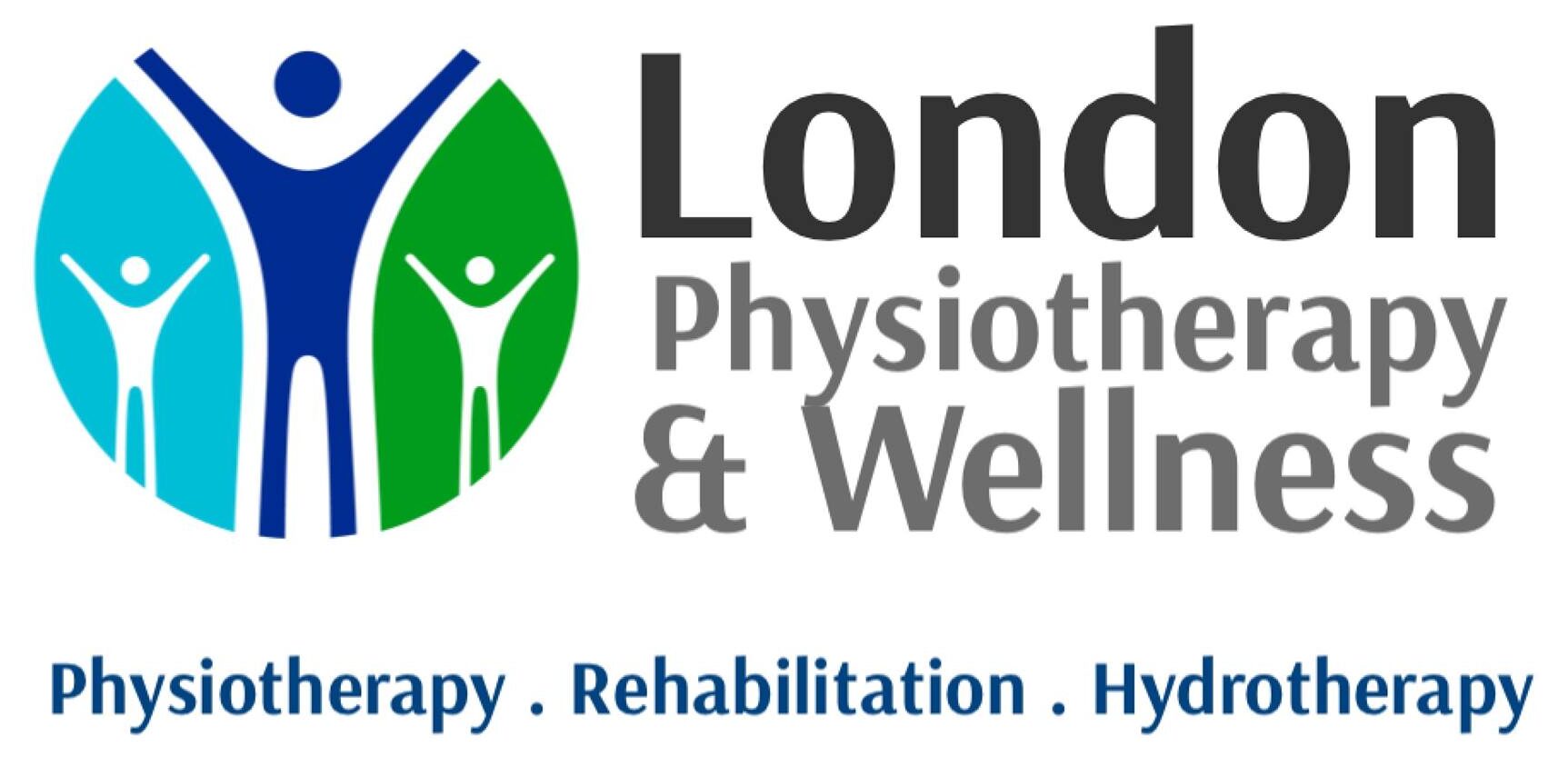PELVIC FLOOR ISSUES AND REHABILITATION
A common problem
Continence issues are very common, this can affect everyone from children to post-menopause women, and men. Sadly, a lot of the people who develop this problem, suffer in silence because they’re too embarrassed to talk about it. Sure, pelvic floor issues do not threaten survival; however, they can impact your self-esteem, social life, and intimate relationships considerably. . It’s important to know that are a lot of factors that can impact your body’s continence functions: postnatal conditions, pelvic floor weakness, repeated urinary infections, chronic coughs, post-operative conditions, sport practices, etc. No matter the age, sex, or history, everyone should be able to discuss their personal problems openly and worry-free with a healthcare professional. We know that incontinence can often be treated without drugs or surgery. It can be done through education to help people make sense of the problem, change their habits if necessary and simple, basic exercises that improve the strength of your pelvic floor muscles.
Let’s dive into this issue!
What is the pelvic floor?
What we call the ‘pelvic floor’ is a group of muscles, located at the bottom of the pelvis, with multiple distinct functions. Firstly, with the bladder and bowel, they are responsible for the urination, defecation and continence. Secondly, they are also essential for sexual functions, pregnancy and childbirth. Finally, they are involved in the body’s posture by supporting the internal organs.
By listing those functions, we can clearly see how important the pelvic floor muscles are.
Why incontinence?
Different factors can cause incontinence.
It often corresponds to someone having a lack of control of their pelvic floor muscles, which might be associated with a weakness of those muscles. This frequently happens during pregnancy, after childbirth and after menopause, however it can start at any time of their life.
Why pregnancy and child birth?
This is a period that contains an enormous number of changes in both the female’s body and life! First, the pelvic floor has to play their supporting role during the pregnancy. However, this time, they not only have to support the internal organs, but the baby weight as well (which gradually increases over the months). We can easily understand that after the delivery, the pelvic floor muscles are tired. This is a normal occurrence. Secondly, if the childbirth has been through vaginal delivery, the muscles might be suffering from a tear or an episiotomy. As with every cut we have experienced in our life, it needs some time to heal (usually 4 to 6 weeks). During this healing period, muscles are protecting themselves by avoiding the contraction. These two phenomena are often what lead to weak pelvic floor muscles. They will naturally get better, however, it’s important to help them in going back to their initial state, so they can assume their functions again. It prevents from further issues.
Why menopause?
Menopause is another huge period of changes in a female’s body. The level of hormones decreases leading to an adaptation in the body overall. The muscles experience a global loss of strength, which includes the pelvic floor muscles as well.
Other cases?
Continence is a complex system, which depends on various factors. Diet, physical activity, general moods, sleep, stress and lifestyle habits: all of those factors influence the pelvic floor’s function, and can often be responsible for any issues.
What can we do?
It is important to talk about the problems you are facing with a healthcare professional that will be able to help you understand the underlying issue and how to manage your problems.
At London’s Physiotherapy and Wellness Clinic, a physiotherapist will listen to you, asking about your story and the impacts the problem has on your life. He/She will provide some useful education pointers about the pelvic floor, as it is important to make sense of the problem. Then, he/she will assess your pelvic floor muscles, and guide you through appropriate exercises aimed to strengthen your muscles and improve your control of them. At London’s Physiotherapy and Wellness Clinic, we can also provide sessions with a biofeedback device, which helps you to get familiar with the exercises. Then you will be able to practice them independently for the best outcomes.
We also use the latest technologies such as biofeedback to assist in the retraining of your pelvic floor by providing visual feedback during muscle contraction. When the condition is more chronic or resistant to normal treatments, we offer Posterior Tibial Nerve Stimulation (PTNS) to help stimulate the bladder and bowel muscles via neurostimulation. This is approved as a treatment under the NICE guidelines and funding available under insurance companies.

